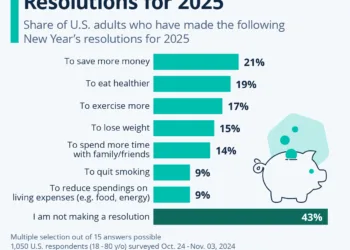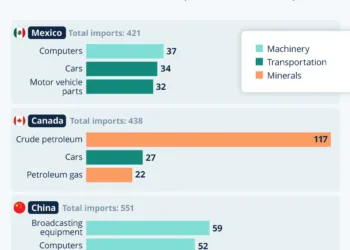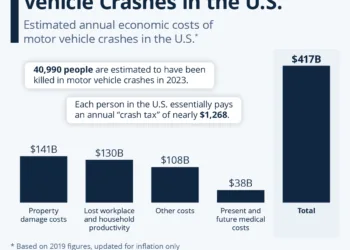The Evolution of Desktop Computers: A Look at U.S. Brand Popularity
The Resurgence of Desktop Computers
In an era dominated by mobile devices, many tech enthusiasts and everyday users are starting to rethink the role of desktop computers in their lives. With remote work becoming a norm and the need for reliable technological setups at home, desktops are making a comeback. This renewed interest is evidenced by Apple’s recent announcement regarding the latest iteration of its iMac.
The iMac’s Latest Update
Apple’s latest iMac release showcases a vivid refresh of its all-in-one desktop, powered by the new M4 chip. This model promises to enhance performance significantly, boasting speeds that are reportedly 1.7 times faster for general tasks and up to 2.1 times quicker when dealing with more demanding workloads compared to its 2021 M1 counterpart. The introduction of bright, vibrant colors pays homage to the original iMac, a product that was crucial in reviving Apple’s fortunes in the late 1990s.
Shifts in Desktop PC Usage
Despite the prevailing narrative that desktops are becoming obsolete due to the rise of smartphones and laptops, IDC estimates suggest a steady future for desktop PCs. The expectation is that they will comprise about 25% of global PC shipments in 2023. As companies and individuals continue to adapt to hybrid work models, the desktop experience is evolving into a desirable solution for a permanent work-from-home setup.
Desktop Market Statistics
The statistical data available underscores the continued relevance of desktops. According to Statista Consumer Insights, around 37% of U.S. adults have a desktop PC in their household. While this figure might seem modest compared to the 68% who own laptops and 64% who have tablets, it indicates that a significant portion of the population still sees value in desktop technology.
Dominance of Major Brands
When examining brand popularity within the desktop segment in the United States, certain key players stand out. Dell and HP have established themselves as the leading brands, dominating the market and collectively capturing a substantial share of desktop sales. Apple’s presence as the third most popular brand attests to its dedicated user base and the loyalty of its consumers, driven largely by its unique ecosystem and user experience.
Future Outlook for Desktop Brands
As consumer preferences evolve, desktop brands are likely to adapt to meet the demands of current and future users. With more emphasis on performance, graphics capabilities, and sleek designs, manufacturers are positioned to innovate further. The integration of advanced chips, like Apple’s M4, bodes well for the future of desktops, suggesting they can effectively compete in a mobile-centric world.
Conclusion: The New Age of Desktops
With the pandemic influencing long-term work habits and a demographic that increasingly values home office setups, the desktop computer is poised for a transformation. Companies like Apple, Dell, and HP play integral roles in defining how desktops will be perceived and utilized in the coming years, showcasing that the traditional desktop may not be as obsolete as once thought.
Through innovation, design, and an understanding of consumer needs, these brands are paving the way for a new era of desktop computing that transcends mere nostalgia.











